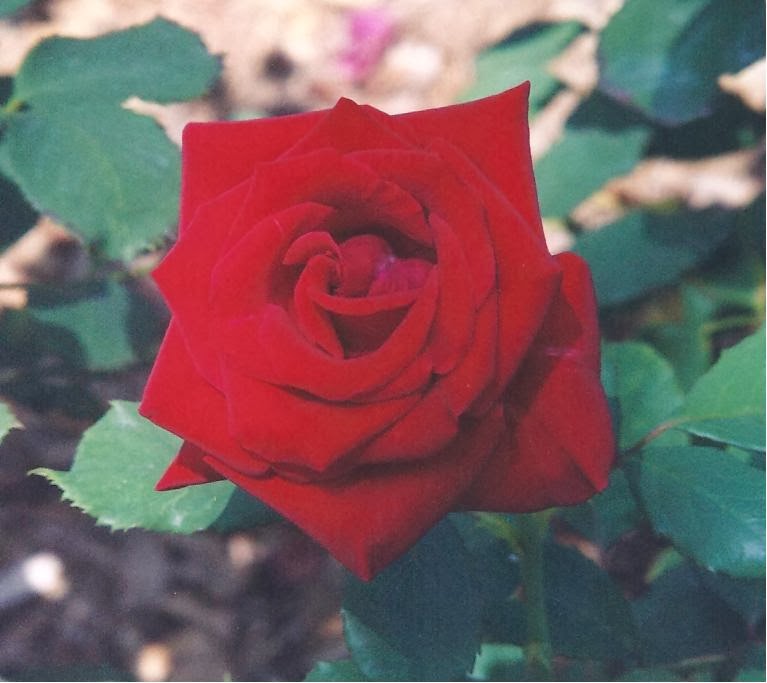The Charleston Lowcountry Rose Society will hold their next meeting on Sunday, March 2 at 3 PM at Berkeley Electric Cooperative Office, 3351 Maybank Highway, Johns Island, SC 29455.
The program will be on Planting and Fertilizing your Roses given by Dr. Fletcher Derrick Jr.
Dr. Fletcher Derrick has been growing roses for over 35 years and is an American Rose Society Master Rosarian and an Accredited Horticultural Judge. He was featured in Post and Courier few months ago. He also appeared on South Carolina ETV program "Making It Grow" discussing roses with Rowland Alston. Dr. Derrick is a Fellow of the American College of Surgeons with an active private practice in Charleston. In his spare time, he grows and takes care of his roses in his home garden. Aside from growing roses, he also paints roses in his spare time.
Dr. Fletcher Derrick has been growing roses for over 35 years and is an American Rose Society Master Rosarian and an Accredited Horticultural Judge. He was featured in Post and Courier few months ago. He also appeared on South Carolina ETV program "Making It Grow" discussing roses with Rowland Alston. Dr. Derrick is a Fellow of the American College of Surgeons with an active private practice in Charleston. In his spare time, he grows and takes care of his roses in his home garden. Aside from growing roses, he also paints roses in his spare time.
Membership in the Charleston Lowcountry Rose Society is open to anyone with interest in roses. Dues are $15 for single membership and $20 for family membership annually, January - December and includes information-packed newsletter, The Charleston Rose and participation in all society activities.
For more info, email Rosalinda Morgan at RosalindaRM@comcast.net. To join, send dues to Matthew Morgan, Membership Chair, 3056 Sugarberry Ln., Johns Island, SC 29455.
Visit our website – www.charlestonrose.com.
